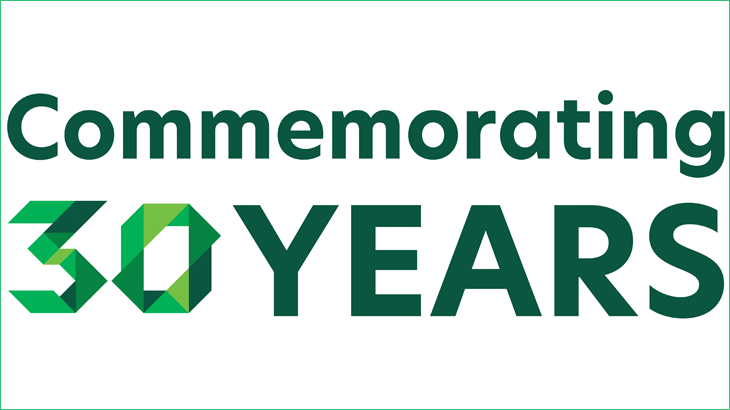Lexmark Blog
Thought Leadership
Devices designed for all users
Lexmark Accessibility Council drives inclusive design enhancements

TAGS: Thought Leadership
Thirty years ago, the first Lexmark-branded devices were shipped to customers with the aim of supporting a broad range of workers in a wide variety of workplaces, including offices, retail stores, warehouses, schools and hospitals. Wherever they are placed, usability and accessibility for all is a key design criteria for Lexmark devices.
Since 1991, accessibility has become a key objective in every phase of our development process – to make each and every product usable for users of all abilities. We have defined processes and methodologies to ensure our products are accessible, and we rely on customer input to make design changes and test features.
Our process is simple: we start with the customer. “We want to help all Lexmark users to be more productive,” explains (Lexmark SME), “so we take a systematic approach to developing technologies that eliminate physical barriers to workplace success, making common tasks like printing or scanning a document easy for everyone.”
This approach is driven by Lexmark’s Accessibility Council which includes product designers, software engineers, usability experts, solution designers, and publication writers. To determine the best path for future generations of Lexmark products, the council monitors legislation, and regulations, conducts research with customers and users, and consults with accessibility experts.
Equipped with data from various perspectives, the council works with the Lexmark development community to drive product design enhancements in current and future products. By applying the principles of universal design to our solutions, the Accessibility Council helps deliver accessible imaging devices and assistive software solutions so that all Lexmark customers can make the most of their unique skills and abilities in the workplace.
Through this approach and vision, we’re proud to offer Lexmark products that are designed to ensure customers with a range of disabilities can conveniently print, copy, fax, email, and scan. Over the years we’ve introduced as standard; control panels that tilt from horizontal to vertical, paper trays that can be closed with very little force, built-in voice guidance navigation and a headphone jack for private listening and raised keypad icons.
Whilst 30 years is by no means a lifetime, it is a long time in a world where corporate longevity is on the decline. Using that experience to provide better solutions to all customers is of critical importance to Lexmark. As (Lexmark SME) explains, “we are proud of our innovative approaches to accessibility that make our products easier for all customers to use.”